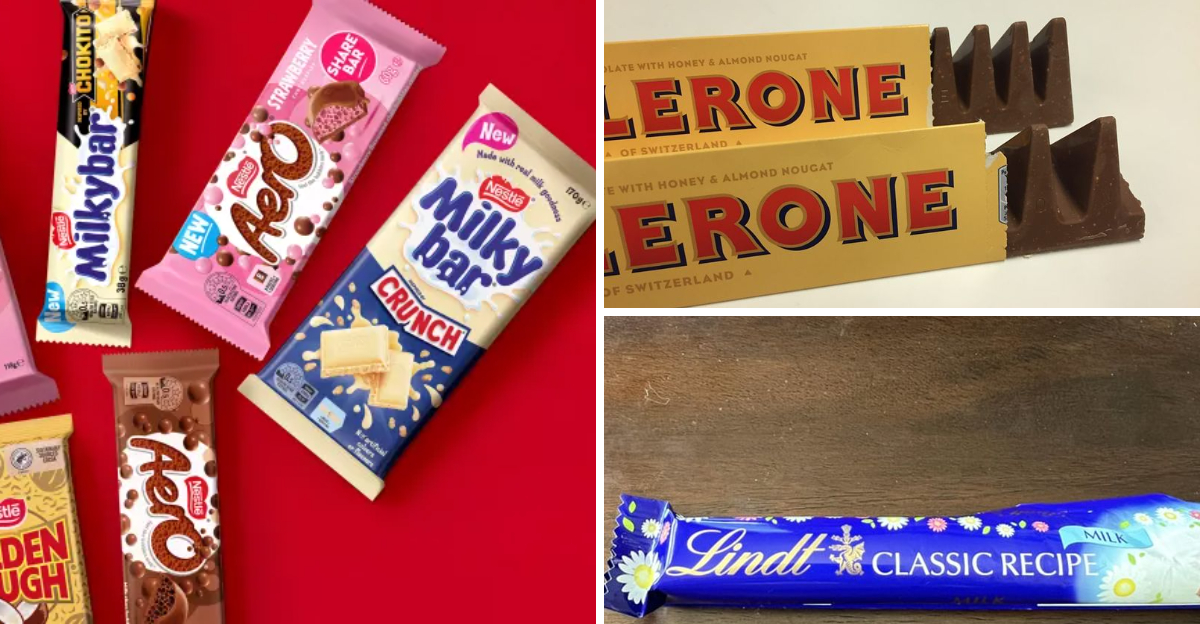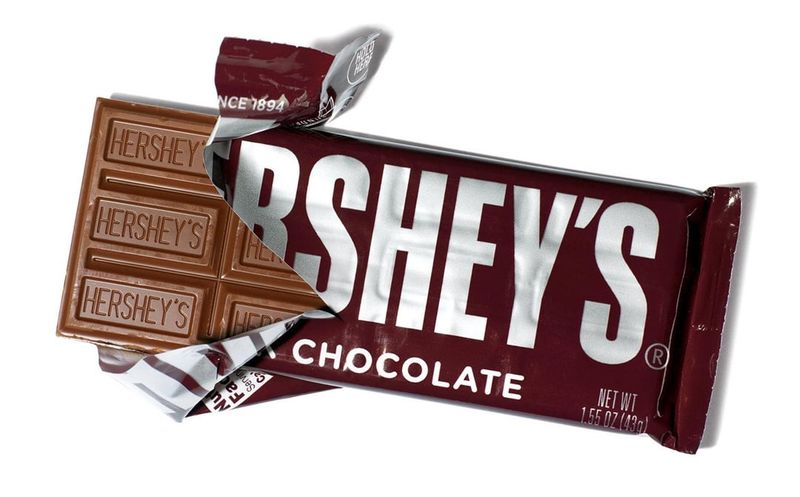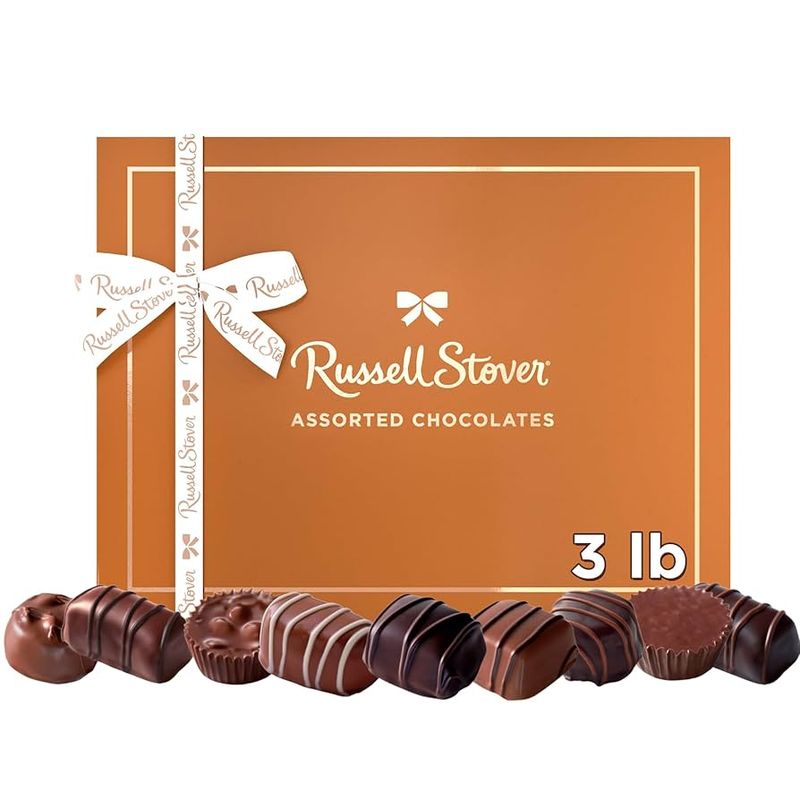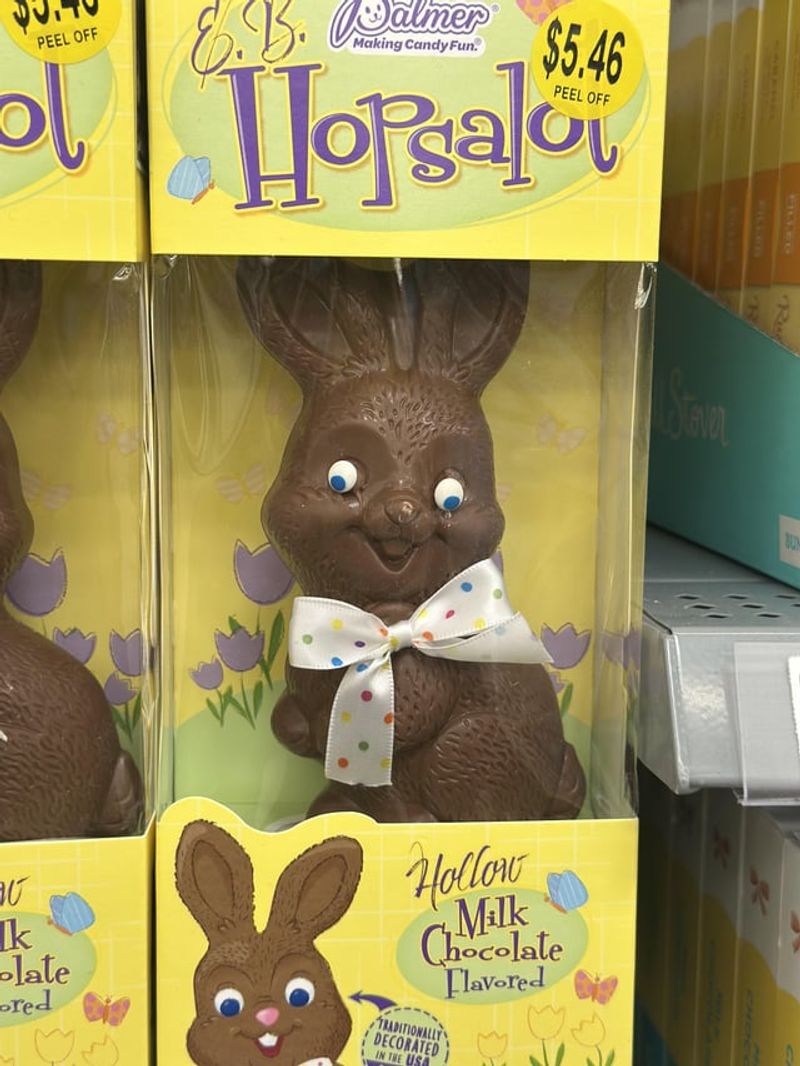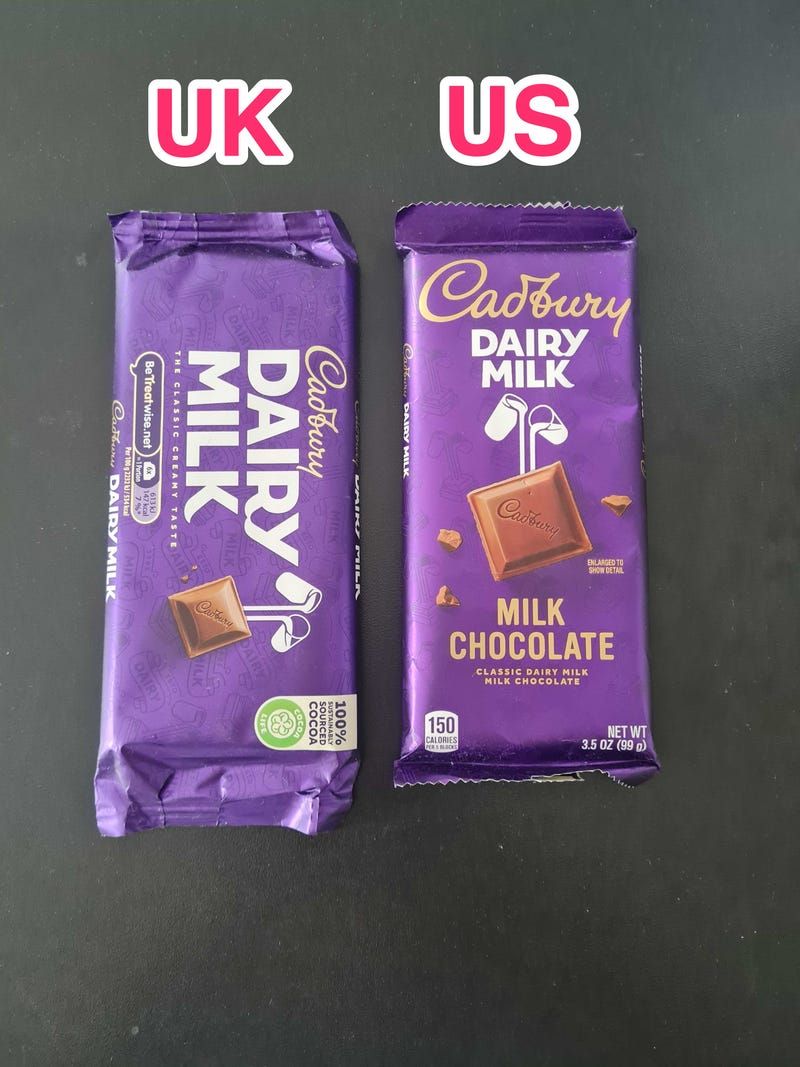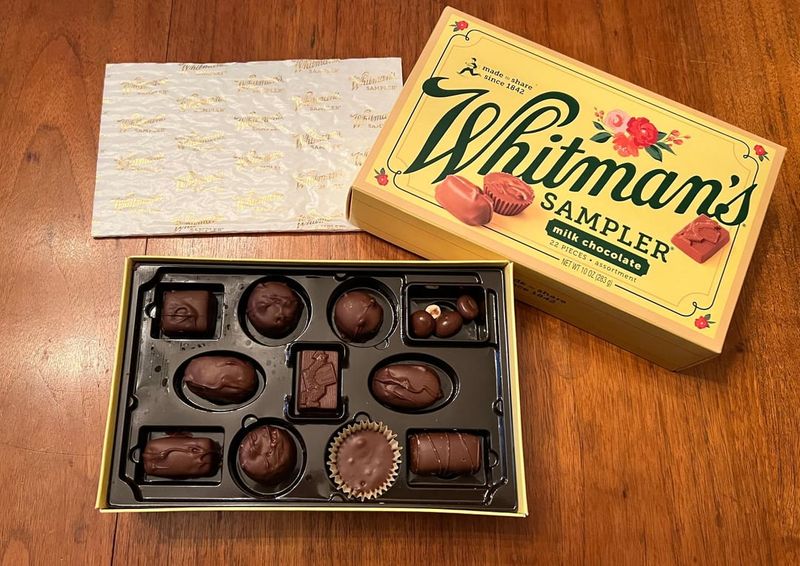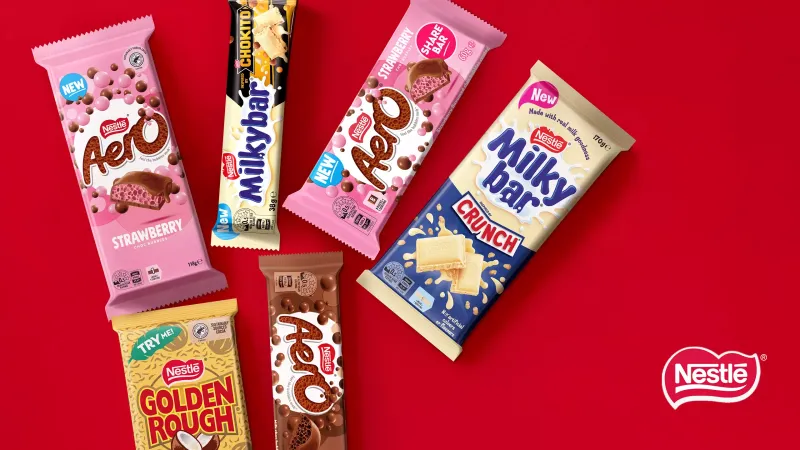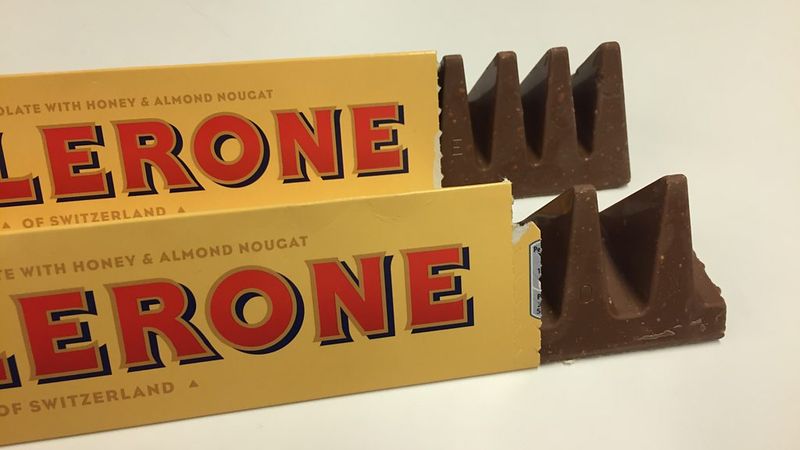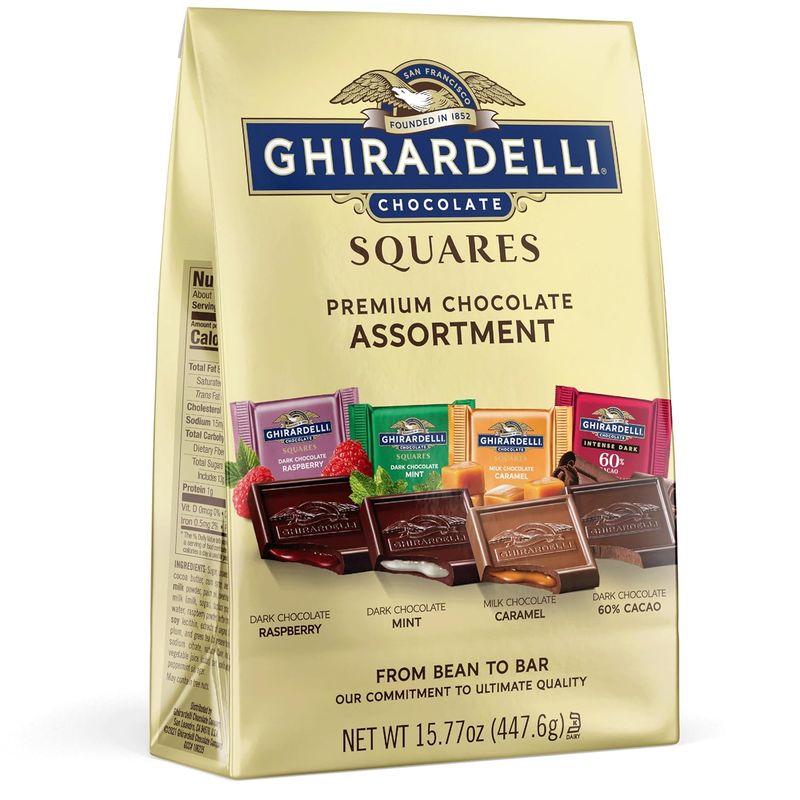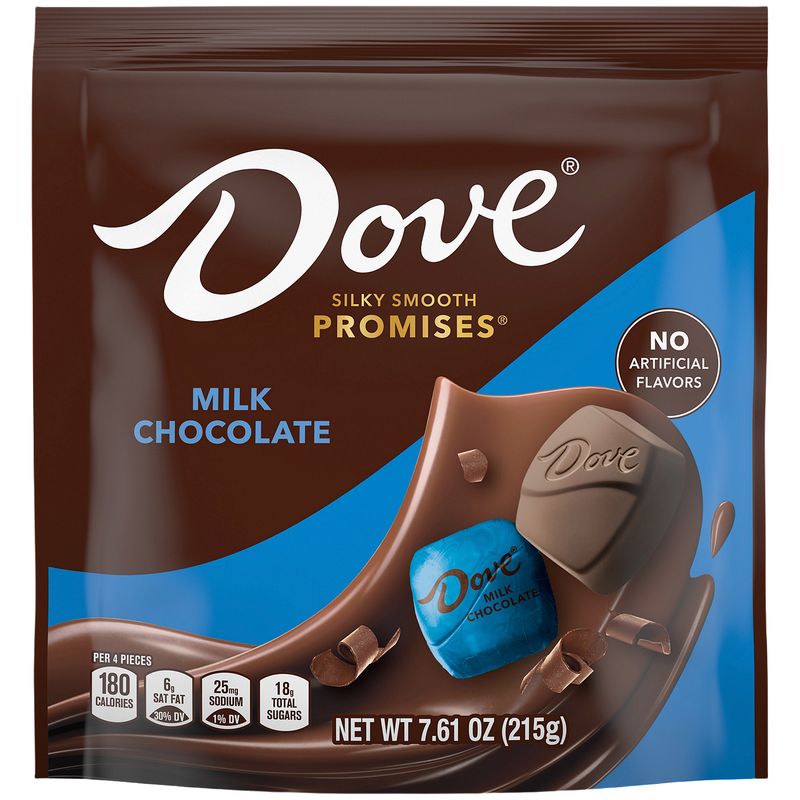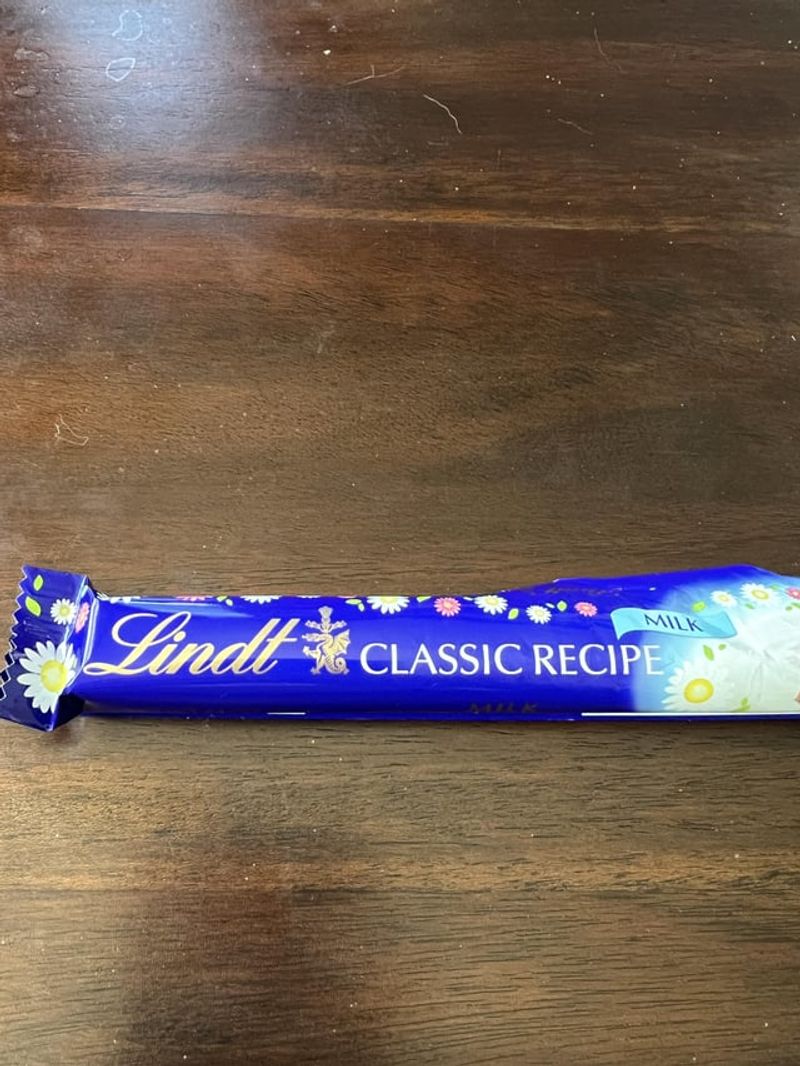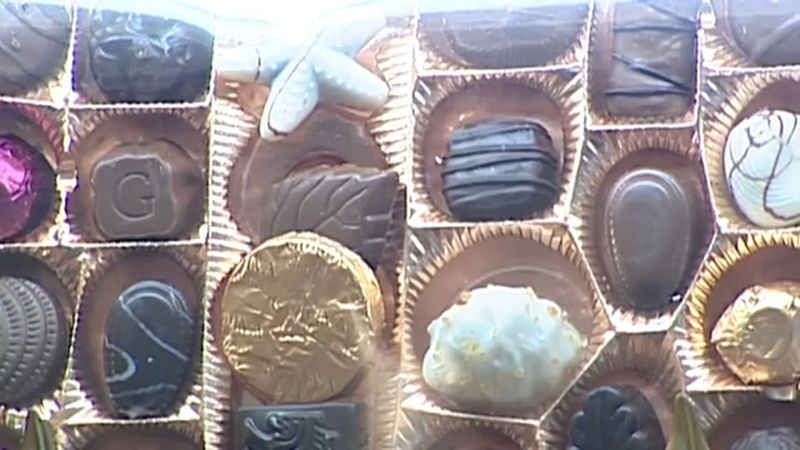Chocolate brings joy to millions, but behind those shiny wrappers lurk some uncomfortable truths. Many popular brands have changed recipes, sourcing practices, or quality standards over the years.
What you’re actually eating might surprise you, especially when comparing today’s chocolates to their original formulations. Ready to discover what’s really inside your favorite chocolate treats?
1. Hershey’s Sweet Deception
America’s chocolate icon hides a waxy secret behind its nostalgic appeal. The distinctive taste many call ‘tangy’ actually results from butyric acid, the same compound found in sour milk and parmesan cheese!
Quality concerns extend beyond texture too. Many Hershey’s products technically can’t be labeled as milk chocolate in Europe because they substitute cocoa butter with cheaper vegetable oils. The company has also reduced cocoa content over decades while increasing sugar levels.
Loyal fans might be surprised to learn that ‘chocolatey’ on packaging actually signals it’s not real chocolate at all, but a chocolate-flavored product.
2. Russell Stover’s Holiday Heartbreak
Gift boxes of Russell Stover chocolates might look festive, but their contents tell a different story. Behind those heart-shaped boxes and seasonal packaging sits candy that relies heavily on high-fructose corn syrup, artificial flavors, and preservatives.
Freshness problems plague these chocolates too. Because they’re produced in massive batches for seasonal rushes, many boxes sit in warehouses or back rooms for months before purchase. This explains why so many customers report stale or off-flavored candies.
The fillings often contain partially hydrogenated oils – trans fats that many manufacturers have eliminated from their products due to health concerns.
3. Palmer’s Chocolate-Like Confusion
Ever wondered why those bunny-shaped Palmer’s treats cost so little? Mystery solved: they’re not technically chocolate! Palmer’s products are made with ‘compound chocolate’ – a blend of sugar, vegetable oils, and minimal cocoa powder.
Real chocolate contains cocoa butter, which gives it that satisfying melt-in-your-mouth quality. Palmer’s substitutes this with hydrogenated oils to cut costs dramatically. The result is a waxy product that breaks rather than melts when you bite into it.
Food scientists note the flavor difference too – Palmer’s lacks the complex notes found in genuine chocolate because it contains significantly less actual cocoa.
4. Cadbury’s American Identity Crisis
British tourists often load their suitcases with U.K. Cadbury bars before leaving home – and for good reason. The American version, manufactured under license by Hershey’s since 1988, bears little resemblance to its British counterpart.
The differences start with the first ingredient. British Cadbury lists milk as the primary ingredient, creating that famous creamy texture. American Cadbury leads with sugar instead, resulting in a noticeably sweeter, less complex flavor profile.
Even the iconic Cadbury Creme Eggs differ between countries. The U.K. version uses dairy milk chocolate while the U.S. version contains a cheaper chocolate blend that lacks the same richness.
5. Whitman’s Sampler Time Capsule
Grandma’s favorite chocolate box hasn’t changed much since the 1950s – and that’s part of the problem. While other chocolate makers have updated recipes to remove artificial ingredients and improve quality, Whitman’s Sampler boxes remain frozen in time.
Peek at the ingredient list and you’ll find artificial flavors, preservatives, and high-fructose corn syrup throughout. Many chocolate experts consider Whitman’s the epitome of quantity over quality, with thin chocolate shells hiding overly sweet, artificial-tasting centers.
Most concerning is the chocolate itself, which contains vegetable oils instead of pure cocoa butter – a cost-cutting measure that affects both texture and flavor.
6. Nestlé’s Chocolate Bar Compromise
Nestlé created the first milk chocolate bar in 1875, yet today’s version bears little resemblance to that pioneering product. Modern Nestlé milk chocolate bars contain significantly less cocoa than premium brands – sometimes as little as 20% compared to the 30-45% found in higher-quality options.
The chalky texture consumers often complain about stems from cost-cutting production methods that don’t properly conche the chocolate. This crucial process, which develops flavor and smoothness, is shortened to increase production speed.
Ethical concerns shadow the brand too. Despite promises to eliminate child labor from their cocoa supply chain by 2005, recent investigations show these issues persist in their sourcing regions.
7. Toblerone’s Shrinking Triangle Scandal
Remember when Toblerone made headlines in 2016? The iconic Swiss chocolate bar didn’t just change – it literally created gaps between its triangular pieces to reduce weight while keeping the same packaging size. Consumer outrage was so intense the company eventually reversed course.
But the damage was already done. Along with the shape change came a reformulation using cheaper ingredients. The honey and almond nougat that gave Toblerone its distinctive texture became less abundant, while sugar content increased.
Even after restoring the original shape, today’s Toblerone contains palm oil – an ingredient not found in the original recipe and controversial for both health and environmental reasons.
8. Ghirardelli’s Two-Faced Chocolate Line
San Francisco’s famous chocolate company operates with a split personality. Their premium single-origin bars and specialty squares contain high-quality ingredients worthy of their reputation. But venture into their budget-friendly products, and you’ll encounter a very different Ghirardelli.
Their hot chocolate mixes contain artificial flavors and corn syrup solids. The baking chips marketed to home bakers often include additives to maintain shape when baked, compromising melt-in-your-mouth quality.
Factory tours highlight their artisanal process, yet most mass-produced Ghirardelli products now come from industrial facilities far from their picturesque San Francisco flagship store, using automated processes that bear little resemblance to their craftsman origins.
9. Dove’s Silky Smooth Marketing Illusion
Those famous Dove silky smooth commercials show chocolate cascading like liquid velvet, but achieve this texture through extensive processing that strips away natural cocoa flavors. The result? A one-dimensional sweetness rather than the complex flavor profile of less-processed chocolate.
Mars Incorporated (Dove’s parent company) uses a technique called controlled lipolysis – deliberately breaking down cocoa butter molecules to create ultra-smooth texture. This process sacrifices the varied flavor notes chocolate connoisseurs prize.
Nutritionists point out another concern: Dove chocolates contain higher sugar content than many competitors, with some varieties containing more sugar than actual cocoa ingredients. Those inspirational wrappers might lift your spirits, but the contents offer little beyond empty calories.
10. Lindt’s Budget Line Betrayal
Lindt built its reputation on premium Swiss chocolate craftsmanship, but their entry-level products tell a different story. While their gold-wrapped truffles maintain strict quality standards, their seasonal items and budget bars often contain palm oil, artificial flavors, and lower cocoa percentages.
Holiday-shaped chocolates like Easter bunnies and Santa figures particularly suffer from quality compromises. These products, targeted at gift-givers rather than chocolate aficionados, contain cheaper ingredients than their year-round premium counterparts.
The most significant difference appears in cocoa sourcing. Lindt’s Excellence bars use carefully selected beans, while their budget lines contain bulk-sourced cocoa with less attention to flavor profiles or ethical considerations.
11. Godiva’s Fall from Luxury Grace
Once the epitome of chocolate luxury, Godiva has undergone a remarkable transformation that dismayed longtime fans. After being acquired by Turkish conglomerate Yıldız Holding in 2007, the brand began an aggressive expansion into mass-market retail channels.
This shift brought significant recipe changes. To extend shelf life for supermarket displays, preservatives were added. The cocoa percentage decreased in many products, while sugar content increased to appeal to mainstream palates.
Perhaps most telling was the 2021 announcement that Godiva would close all 128 North American boutiques to focus entirely on mass-market sales. The gold ballotins once reserved for special occasions now sit alongside candy bars at drug store checkout counters – with quality to match.
